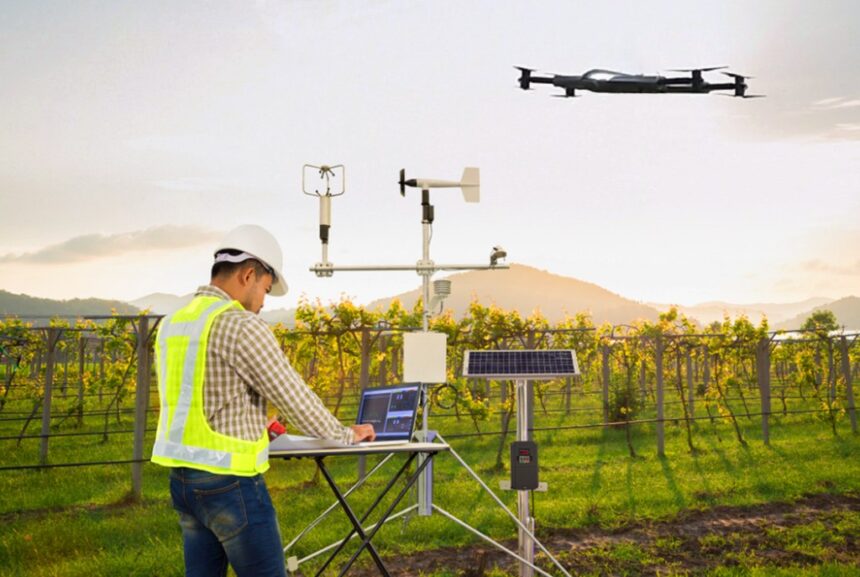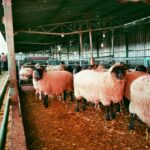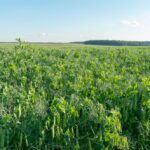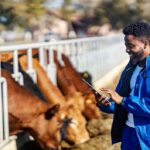Timing is everything in agriculture. Planting crops too early or too late can result in poor yields, wasted resources, and financial losses. With climate patterns becoming increasingly unpredictable, farmers need reliable tools to determine the best planting windows. This is where Internet of Things (IoT) weather stations come in. These smart devices provide real-time, hyper-local weather data, helping farmers make precise decisions about when to plant their crops for optimal growth and productivity.
How IoT Weather Stations Work
IoT weather stations are equipped with sensors that continuously monitor environmental conditions such as:
- Temperature – Helps determine if soil and air conditions are suitable for seed germination.
- Humidity – Affects plant transpiration and disease risk.
- Soil Moisture – Ensures that soil has the right water content for planting.
- Rainfall – Tracks precipitation levels to avoid planting during excessive wet conditions.
- Wind Speed & Direction – Helps farmers plan spraying and irrigation schedules.
- Barometric Pressure – Provides insights into upcoming weather changes.
These stations collect and transmit data in real-time to cloud-based platforms, where AI algorithms analyze patterns and provide recommendations. Farmers can access this information from their smartphones or computers, enabling them to make informed decisions about when and how to plant.
The Benefits of IoT Weather Stations in Agriculture
By integrating IoT weather stations into their operations, farmers gain several advantages:
- Precision Planting: With accurate weather and soil data, farmers can determine the ideal planting time, maximizing seed germination rates and early crop growth.
- Reduced Risk: Avoiding unexpected frost, drought, or heavy rainfall prevents crop losses and ensures a higher return on investment.
- Optimized Irrigation: Real-time soil moisture readings help farmers decide when and how much to irrigate, preventing water waste and improving efficiency.
- Pest & Disease Management: IoT weather stations can detect conditions that promote pest infestations and plant diseases, allowing farmers to take preventive measures.
- Data-Driven Decision-Making: Historical weather trends and predictive analytics help farmers plan for future planting seasons with greater accuracy.
Smart Farming and the Future of IoT in Agriculture
IoT weather stations are just one part of the larger smart farming revolution, where data-driven insights help farmers increase yields while reducing costs. As these systems continue to evolve, they are expected to integrate with other technologies like drones, AI-driven analytics, and automated irrigation systems to create fully connected farms.
With IoT weather stations, farmers no longer have to rely on guesswork or generic regional forecasts. Instead, they can access precise, farm-specific weather data that ensures they plant at the perfect time—leading to healthier crops, higher yields, and a more sustainable agricultural future.
Join 'Farmers Mag' WhatsApp Channel
Get the latest Farming news and tips delivered straight to your WhatsApp
CLICK HERE TO JOIN






